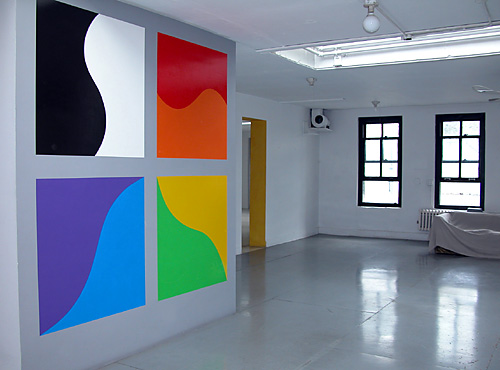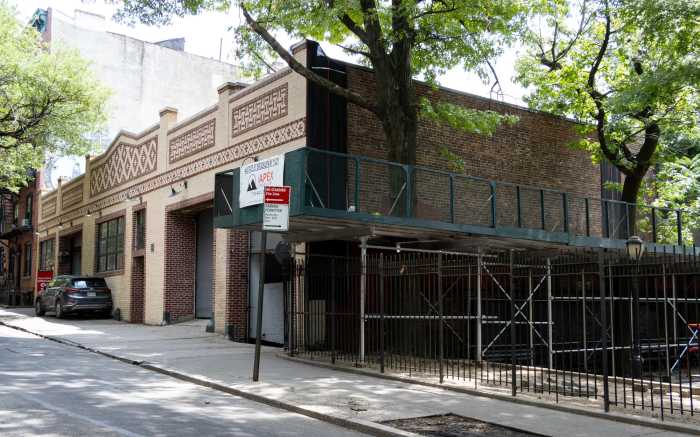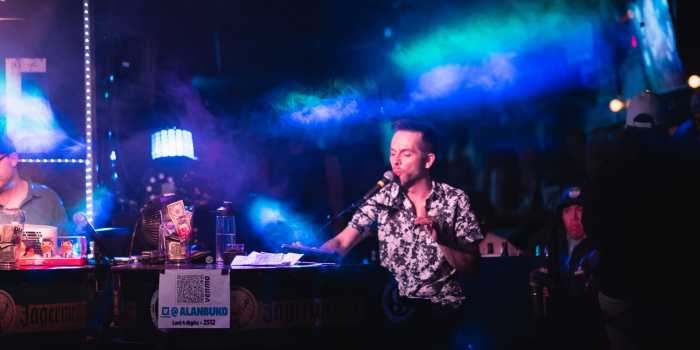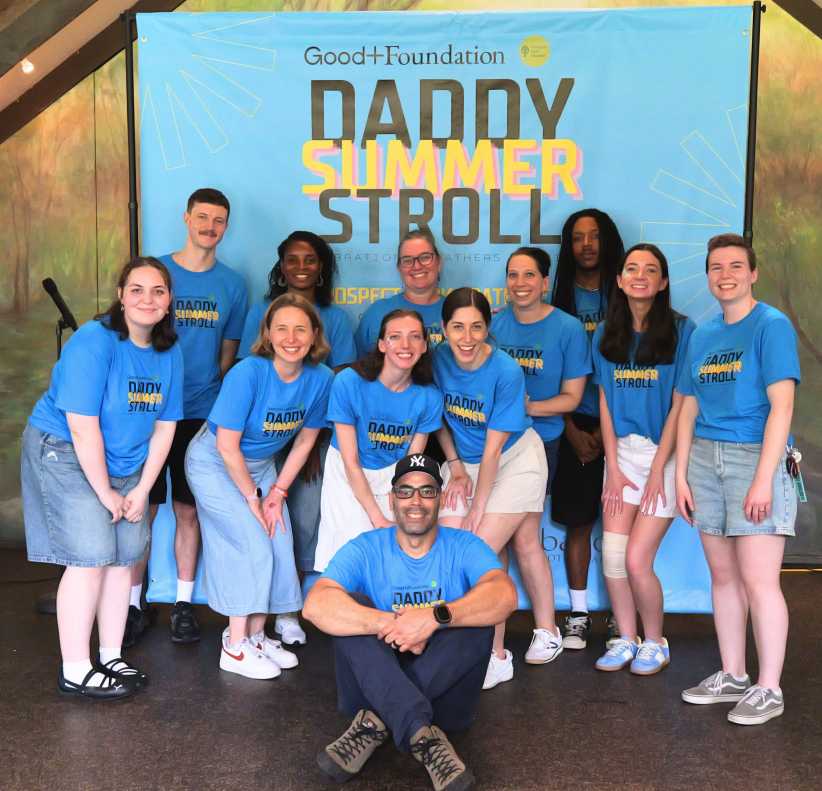Bruce Ratner will protect the legacy of Sol LeWitt, the world-famous conceptual artist who died on Sunday after a long battle with cancer at 78. LeWitt had a workshop in one of the Prospect Heights buildings that Ratner plans to raze for his Atlantic Yards mega-development.
Ratner plans to photograph — the only way to visually preserve LeWitt’s site-specific art — a painting done by the artist on an interior wall of 644 Pacific St., which is slated for demolition this spring.
“We are, of course, aware of the wall paintings,” said Ratner spokesman Joe DePlasco. “And we have long planned to bring in an expert to … photograph them and donate the photographs to Mr. LeWitt’s collection.”
While that may seem like insufficient for preserving an original LeWitt work, it is exactly what art experts recommend in cases involving his site-specific conceptual pieces.
The four-part acrylic painting at 644 Pacific St. is one of his signature “wall drawings,” a unique, abstract mural designed by LeWitt and painted directly on a chosen site’s wall by his highly trained assistants.
The piece was a gift to two of those assistants, Joe Watanabe and Sachi Cho, who lived in the studio for 14 years before Ratner bought the building in 2004 and evicted them.
“He always knew that when we moved, it would be destroyed,” said Cho, who agreed that photographing the one-of-a-kind painting was the most appropriate way to preserve it, dismissing the notion that that painted sheetrock wall could be cut out and moved.
“Sol never wanted to do it that way,” she said. “He wanted the art to be as two-dimensional as possible, like a fresco.”
LeWitt made his first wall drawings in 1968 and continued to oversee creation of the precise and, often mathematical, works until his death.
The murals, valuable installations commissioned by private collectors and top museums including the Museum of Modern Art, epitomized his belief in art as a reflection of ideas and fleeting moments.
“He never meant for the wall itself to become a rarified object to be saved,” said Andrew Witkin, director of the Barbara Krakow Gallery, which has sold several of LeWitt’s wall drawings.
Cho and Watanabe still theoretically “own” the PacifIc Street drawing, though it will be destroyed when their former home is demolished. The ownership right — provable with a certificate they took with them to their new apartment in Downtown Brooklyn — gives them the right to recreate the piece in a single new location.
Ironically, Lewitt’s assistants installed a large LeWitt piece in a Ratner building — the Embassy Suites Battery Park Hotel — just a few years before the developer bought Cho and Watanabe’s home.
Forest City Ratner had commissioned that piece, DePlasco said.
























